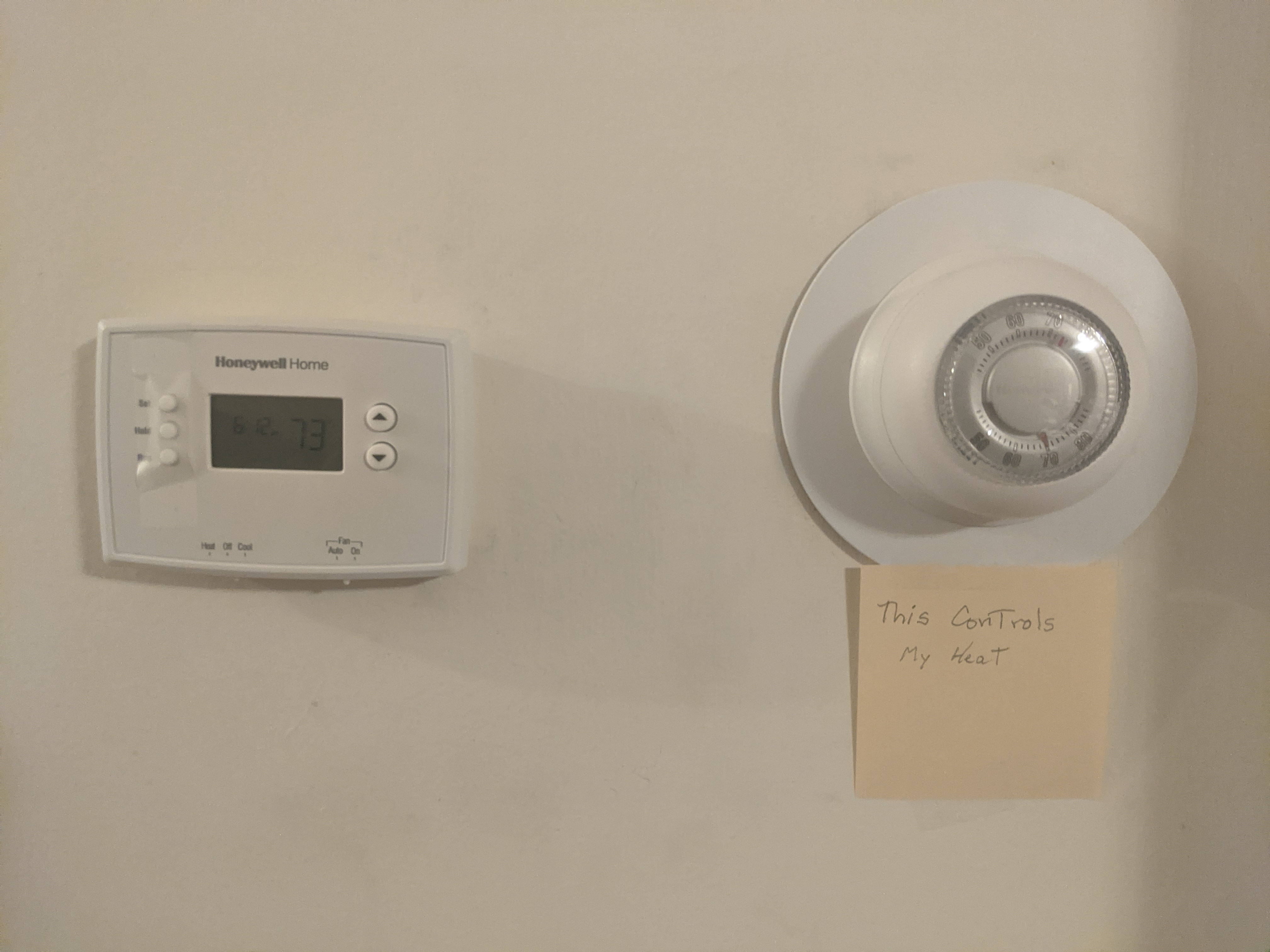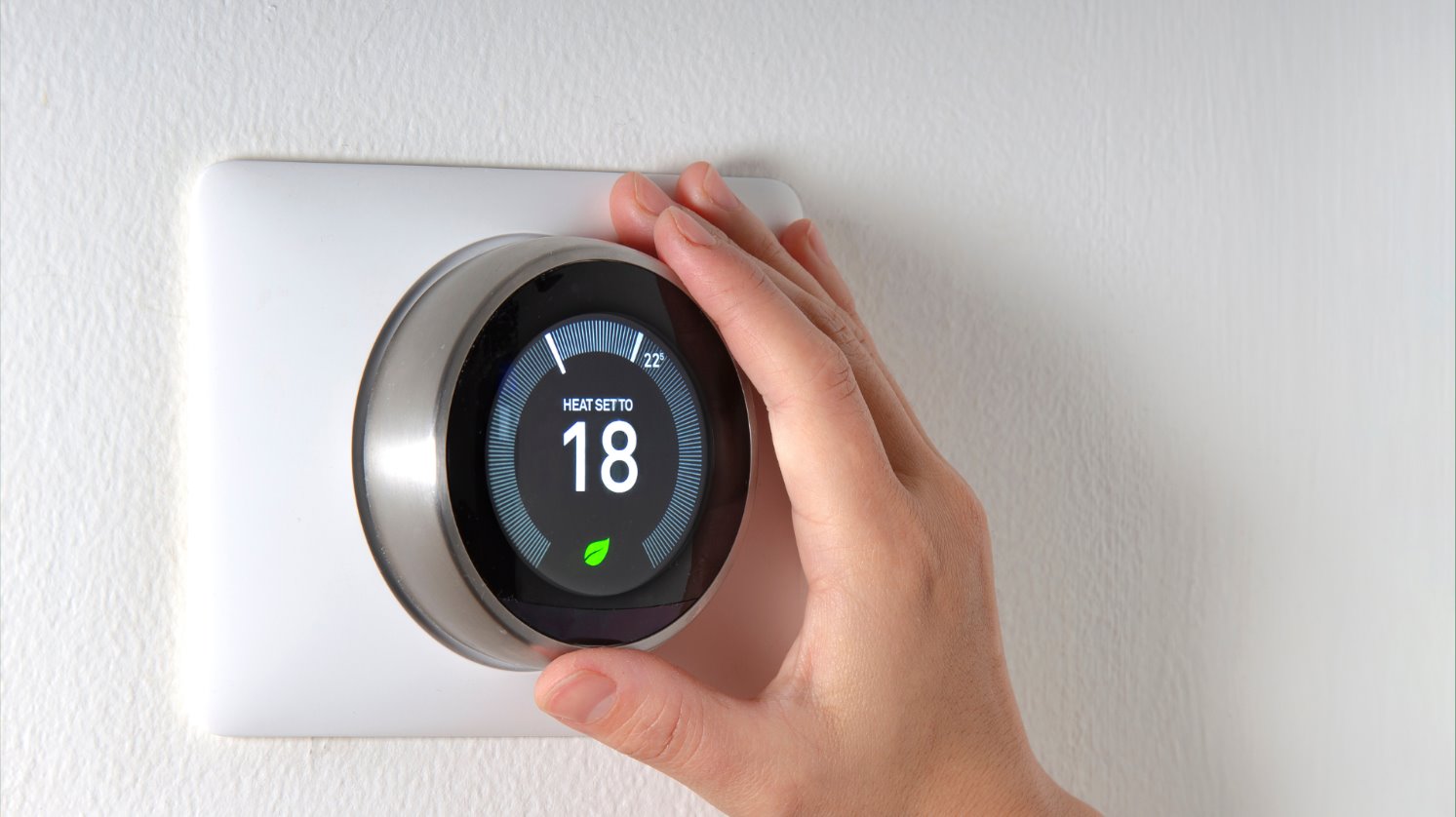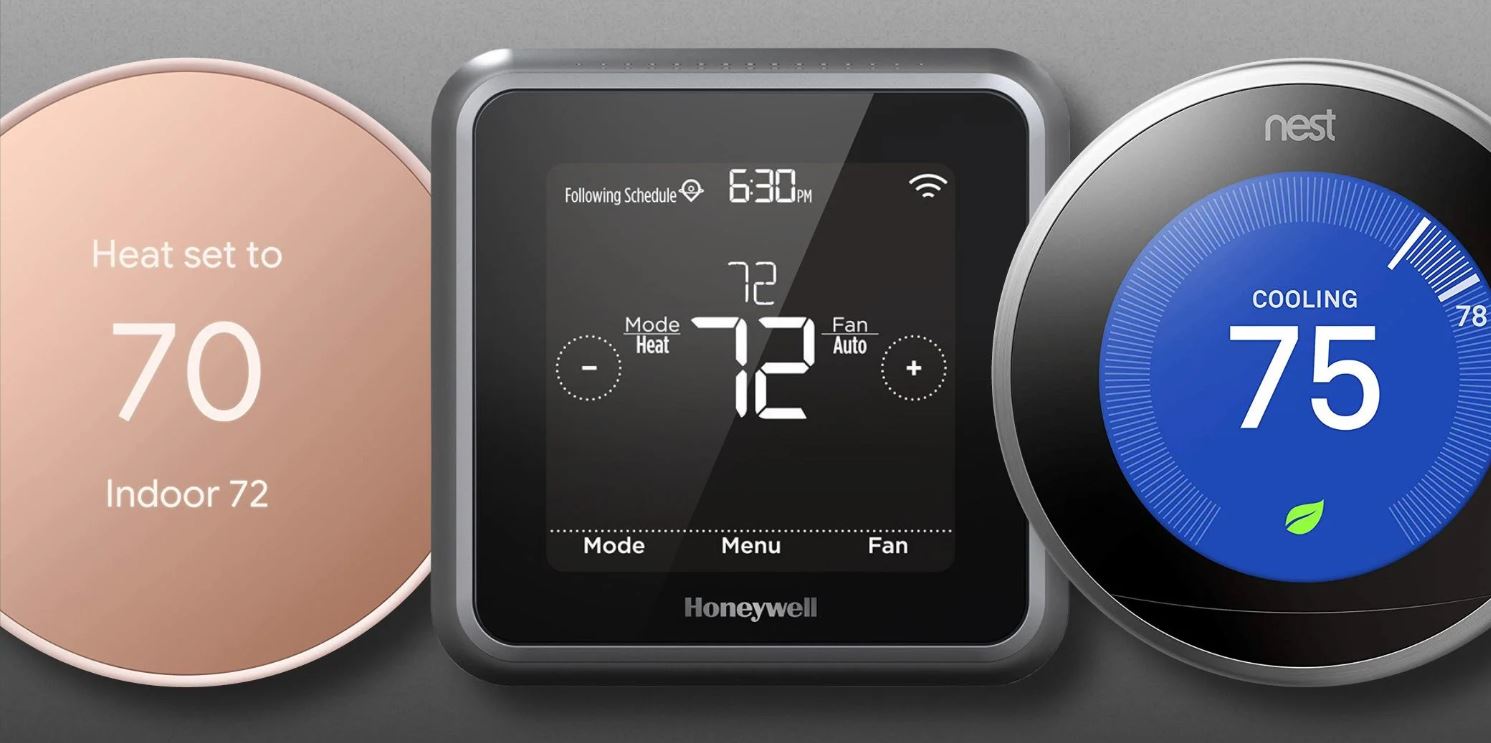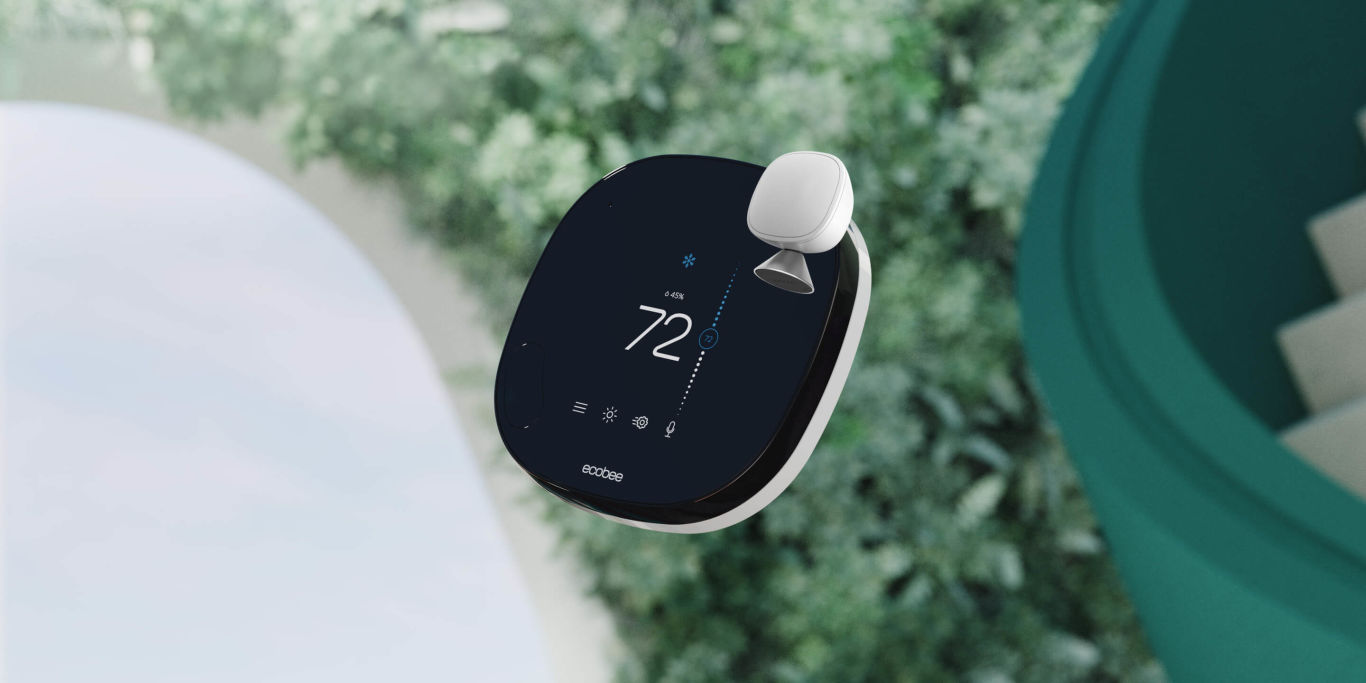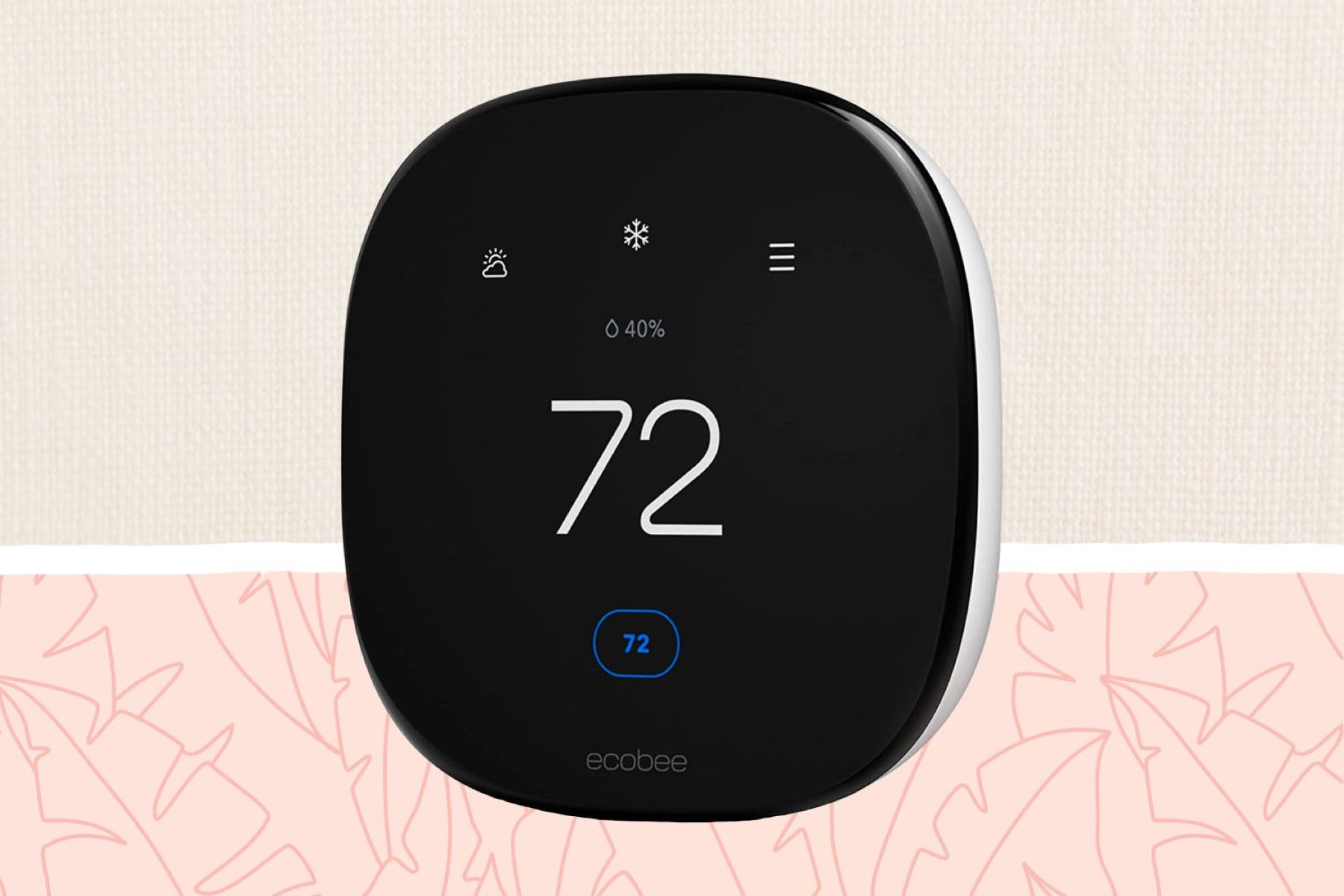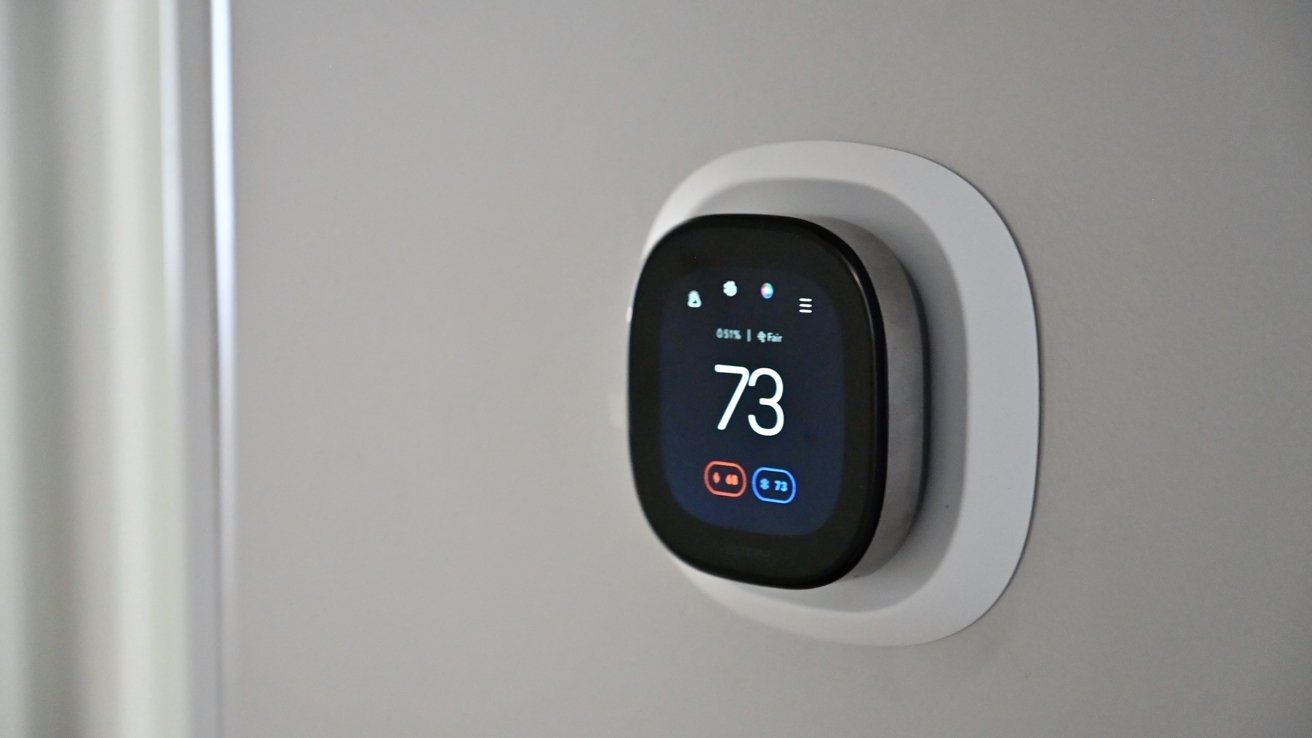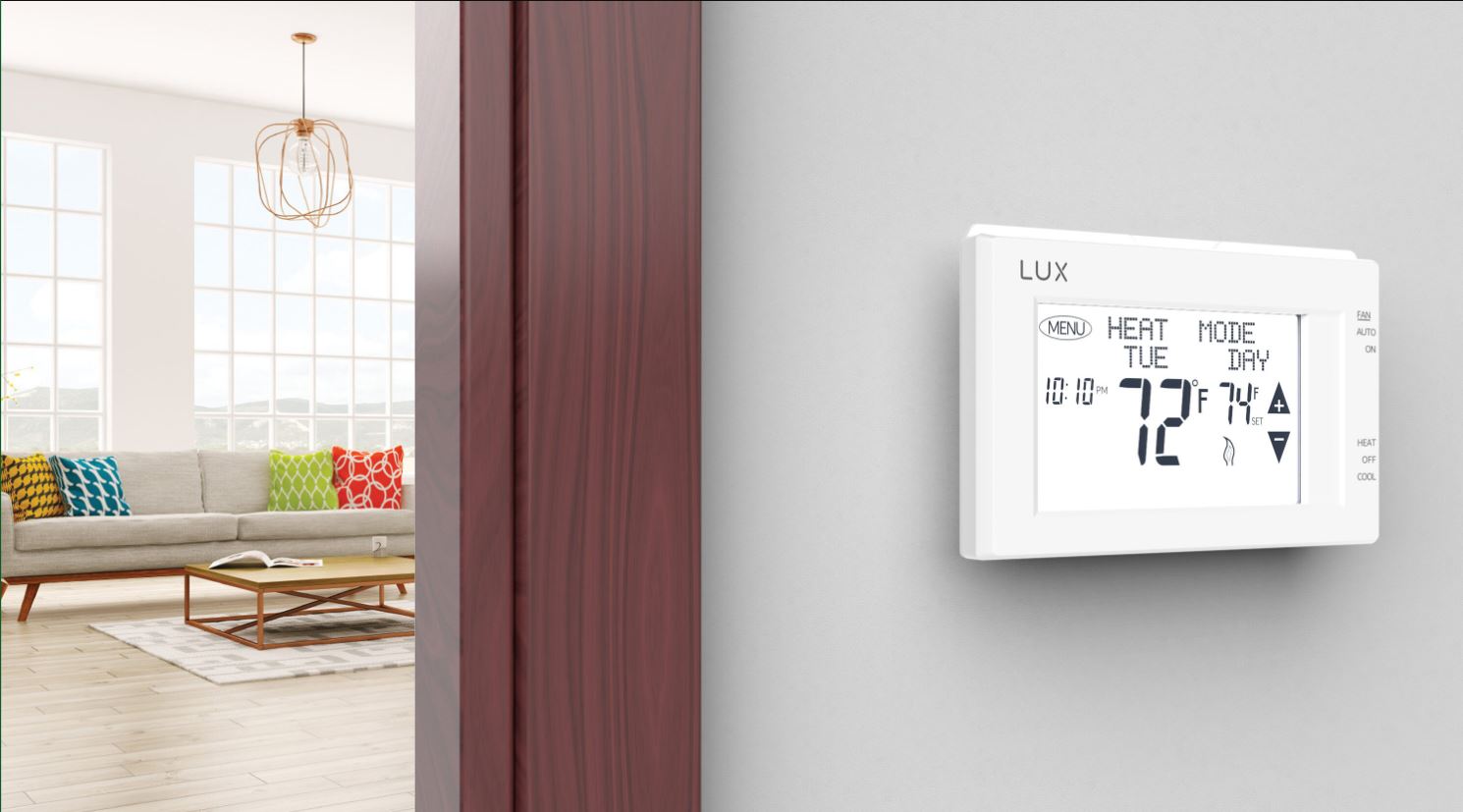Introduction
Smart technology has revolutionized the way we interact with our homes, and one of the most significant advancements in this realm is the multiple zone smart thermostat. This innovative device offers precise control over the temperature in different areas of your home, providing unparalleled comfort and energy efficiency. Understanding how a multiple zone smart thermostat works and its benefits can empower homeowners to make informed decisions about their heating and cooling systems.
The introduction of smart thermostats has marked a significant shift in the way we manage home climate control. Traditional thermostats often provide limited flexibility, offering a single temperature setting for the entire house. This lack of customization can lead to discomfort in various areas of the home and unnecessary energy consumption. However, multiple zone smart thermostats address these shortcomings by allowing users to create distinct temperature zones within their homes, each with its own individualized settings.
As we delve into the intricacies of multiple zone smart thermostats, it becomes clear that these devices are designed to optimize both comfort and energy efficiency. By understanding the underlying principles of their functionality and the benefits they offer, homeowners can make informed choices about integrating this advanced technology into their living spaces.
What is a Multiple Zone Smart Thermostat?
A multiple zone smart thermostat is a cutting-edge climate control system that enables homeowners to divide their living spaces into distinct zones, each with its own customized temperature settings. Unlike traditional thermostats, which regulate the temperature for the entire house from a single point, multiple zone smart thermostats offer granular control over different areas, providing unparalleled comfort and energy efficiency.
These innovative devices utilize advanced sensors and smart technology to monitor and adjust the temperature in each zone independently, ensuring that occupants experience optimal comfort throughout the home. By integrating with a home’s heating, ventilation, and air conditioning (HVAC) system, multiple zone smart thermostats enable precise temperature management, resulting in enhanced comfort and potential energy savings.
Furthermore, multiple zone smart thermostats often feature intuitive interfaces, such as smartphone apps or web-based platforms, allowing users to remotely monitor and adjust the temperature settings in each zone. This level of control empowers homeowners to create personalized climate profiles for different areas of their homes, catering to individual preferences and occupancy patterns.
Overall, a multiple zone smart thermostat represents a significant advancement in home climate control, offering a tailored approach to temperature regulation that promotes comfort, energy efficiency, and convenience.
How Does a Multiple Zone Smart Thermostat Work?
Multiple zone smart thermostats operate through a combination of advanced sensors, smart algorithms, and seamless integration with a home’s HVAC system. These devices are designed to provide precise temperature control in different zones, optimizing comfort and energy efficiency.
When a multiple zone smart thermostat is installed, temperature sensors are strategically placed in each zone to monitor the ambient conditions. These sensors continuously collect data on temperature variations, occupancy patterns, and other relevant factors, providing valuable insights into the thermal dynamics of the home. By analyzing this data, the smart thermostat can create tailored climate profiles for each zone, ensuring that the temperature settings align with the specific needs of the occupants.
Furthermore, multiple zone smart thermostats often incorporate machine learning algorithms that adapt to the occupants’ behavior and preferences over time. By leveraging historical data and user interactions, these algorithms can fine-tune the temperature settings in each zone, optimizing comfort while minimizing energy consumption. This adaptive approach allows the smart thermostat to proactively adjust the climate control parameters, providing a seamless and personalized experience for the users.
Integration with the home’s HVAC system is a crucial aspect of a multiple zone smart thermostat’s functionality. These devices communicate with the heating and cooling equipment to regulate the airflow and temperature delivery to each zone. By orchestrating the HVAC system’s operation based on the specific requirements of each zone, the smart thermostat ensures that comfort is maintained efficiently and effectively throughout the home.
Moreover, many multiple zone smart thermostats offer remote access and control through smartphone apps or web-based interfaces. This feature enables homeowners to monitor and adjust the temperature settings in each zone from anywhere, providing unparalleled convenience and flexibility.
In essence, the seamless coordination of sensors, algorithms, and HVAC integration empowers multiple zone smart thermostats to deliver precise and personalized climate control, enhancing comfort and energy efficiency in the home.
Benefits of Using a Multiple Zone Smart Thermostat
Multiple zone smart thermostats offer a myriad of benefits that cater to both comfort and energy efficiency, making them a valuable addition to any modern home. By leveraging advanced technology and intelligent design, these devices provide homeowners with unprecedented control over their indoor climate, resulting in enhanced comfort and potential cost savings.
- Precision Comfort: One of the primary advantages of a multiple zone smart thermostat is its ability to deliver precise comfort in different areas of the home. By allowing individualized temperature settings for each zone, occupants can enjoy tailored comfort levels based on their preferences and specific environmental conditions. This ensures that every part of the home remains optimally comfortable, regardless of varying thermal dynamics.
- Energy Efficiency: Multiple zone smart thermostats contribute to energy efficiency by optimizing heating and cooling operations based on the unique requirements of each zone. By avoiding unnecessary temperature adjustments in unoccupied areas and fine-tuning the climate control parameters, these devices can potentially reduce energy consumption, leading to lower utility bills and a smaller environmental footprint.
- Customized Climate Profiles: With the ability to create customized climate profiles for different zones, homeowners can align the temperature settings with their daily routines and occupancy patterns. This level of customization not only enhances comfort but also promotes energy conservation by ensuring that energy is directed where and when it is needed most.
- Remote Access and Control: Many multiple zone smart thermostats offer remote access and control through smartphone apps or web-based interfaces. This feature empowers homeowners to monitor and adjust the temperature settings in each zone from anywhere, providing convenience and flexibility, especially when unexpected schedule changes occur.
- Enhanced HVAC System Performance: By orchestrating the operation of the HVAC system based on the specific requirements of each zone, multiple zone smart thermostats can optimize the performance of heating and cooling equipment. This not only improves comfort but also prolongs the lifespan of the HVAC system by reducing unnecessary wear and tear.
Overall, the benefits of using a multiple zone smart thermostat extend beyond comfort and convenience, encompassing energy efficiency and environmental sustainability, making it a valuable investment for modern homeowners seeking to optimize their home climate control systems.
Considerations When Installing a Multiple Zone Smart Thermostat
While the prospect of integrating a multiple zone smart thermostat into a home’s climate control system is enticing, several important considerations should be taken into account to ensure a successful installation and optimal performance.
- Home Layout and Zoning: Before installing a multiple zone smart thermostat, it is crucial to assess the home’s layout and determine the ideal zoning configuration. Understanding the spatial dynamics and occupancy patterns will facilitate the effective division of the home into distinct zones, ensuring that the system aligns with the occupants’ comfort needs.
- Compatibility with HVAC System: Compatibility between the multiple zone smart thermostat and the existing HVAC system is paramount. It is essential to verify that the smart thermostat is compatible with the heating and cooling equipment, as well as any additional accessories or zoning components that may be required for seamless integration.
- Professional Installation: Given the technical intricacies involved in setting up a multiple zone smart thermostat, professional installation is highly recommended. Qualified HVAC technicians can ensure that the system is installed correctly, the zoning components are positioned optimally, and the smart thermostat is integrated with the HVAC system in a manner that maximizes its functionality.
- Power and Wiring Requirements: Assessing the power and wiring requirements of the multiple zone smart thermostat is essential to determine if any modifications or upgrades to the electrical system are necessary. Understanding the power demands and wiring specifications will facilitate a smooth installation process and prevent potential compatibility issues.
- User Interface and Control Options: Evaluating the user interface and control options offered by the multiple zone smart thermostat is crucial for ensuring a seamless user experience. Homeowners should consider the accessibility and intuitiveness of the thermostat’s interface, as well as the available control options, such as remote access via smartphone apps or web-based platforms.
By carefully considering these factors and addressing any potential challenges during the installation process, homeowners can maximize the benefits of a multiple zone smart thermostat while ensuring that it seamlessly integrates with their home’s climate control infrastructure.
Conclusion
Multiple zone smart thermostats represent a leap forward in home climate control technology, offering a range of benefits that cater to comfort, energy efficiency, and convenience. By enabling homeowners to create distinct temperature zones with customized settings, these innovative devices optimize comfort levels while potentially reducing energy consumption. The precision and flexibility afforded by multiple zone smart thermostats empower users to tailor their indoor climate to their specific preferences and occupancy patterns, resulting in a more comfortable and efficient living environment.
Furthermore, the seamless integration of advanced sensors, smart algorithms, and remote access features enhances the usability and effectiveness of these smart thermostats. The ability to remotely monitor and adjust temperature settings in each zone provides unparalleled convenience, allowing homeowners to maintain optimal comfort levels regardless of their location or schedule changes.
When considering the installation of a multiple zone smart thermostat, careful evaluation of home layout, HVAC system compatibility, professional installation, power and wiring requirements, and user interface options is essential to ensure a successful integration. By addressing these considerations, homeowners can maximize the performance and benefits of their smart thermostat while optimizing their home’s climate control system.
In essence, the adoption of a multiple zone smart thermostat represents a proactive step towards creating a more comfortable, energy-efficient, and personalized indoor environment. With the potential for cost savings, environmental sustainability, and enhanced comfort, these advanced climate control systems are poised to redefine the way we experience and manage home heating and cooling, offering a glimpse into the future of smart, connected living spaces.









